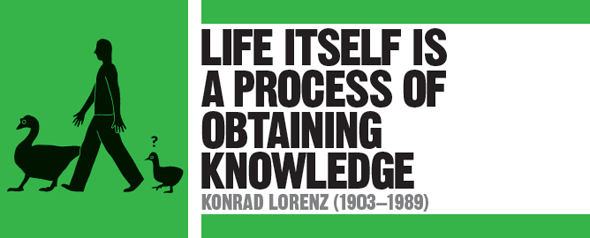
IN CONTEXT
Biology
1872 Charles Darwin describes inherited behaviour in The Expression of the Emotions in Man and Animals.
1873 Douglas Spalding makes a distinction between innate (genetic) and learned behaviour in birds.
1890s Russian physiologist Ivan Pavlov demonstrates that dogs can be conditioned to salivate in a simple form of learning.
1976 British zoologist Richard Dawkins publishes The Selfish Gen, in which he emphasizes the role of genes in driving behaviour.
2000s New research reveals growing evidence of the importance of teaching among many species of animal, from insects to killer whales.
Among the first to carry out scientific experiments on the behaviour of animals was 19th-century English biologist Douglas Spalding, who studied birds. The prevailing view was that complex behaviour in birds was learned, but Spalding thought that some behaviour was innate: it was inherited and essentially “hard-wired” – such as the tendency of a hen to incubate her eggs.
Modern ethology – the study of animal behaviour – accepts that behaviour includes both learned and innate components: innate behaviour is stereotypical and, because it is inherited, it can evolve by natural selection, whereas learned behaviour can be modified by experience.
Imprinting geese
In the 1930s, Austrian biologist Konrad Lorenz focused on a form of learned behaviour in birds that he called “imprinting”. He studied the way that greylag geese imprint on, or follow, the first suitable moving stimulus they see – usually their mother – within a critical period after hatching. The mother’s example triggers an instinctive behaviour known as a “fixed action pattern” in her offspring.
Lorenz demonstrated this with goslings, which adopted him as their mother and followed him everywhere. They would even imprint on inanimate objects, and followed a model train in circles on its track. Together with Dutch biologist Nikolaas Tinbergen, Lorenz was awarded the Nobel Prize in Physiology in 1973.

These cranes and geese, hatched and reared by Christian Moullec, imprinted on him and follow him everywhere. Taking to the air in his microlight, he teaches them their migratory routes.
See also: Charles Darwin • Gregor Mendel • Thomas Hunt Morgan